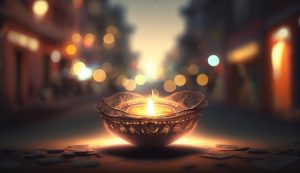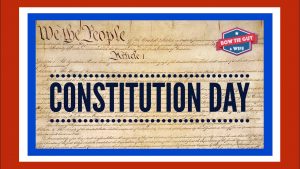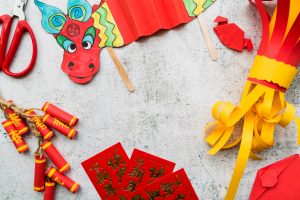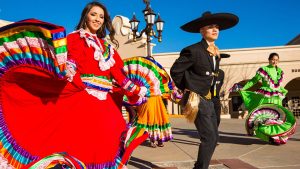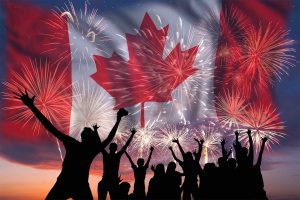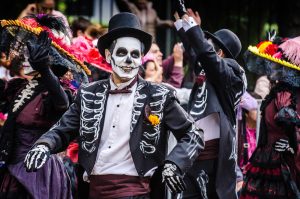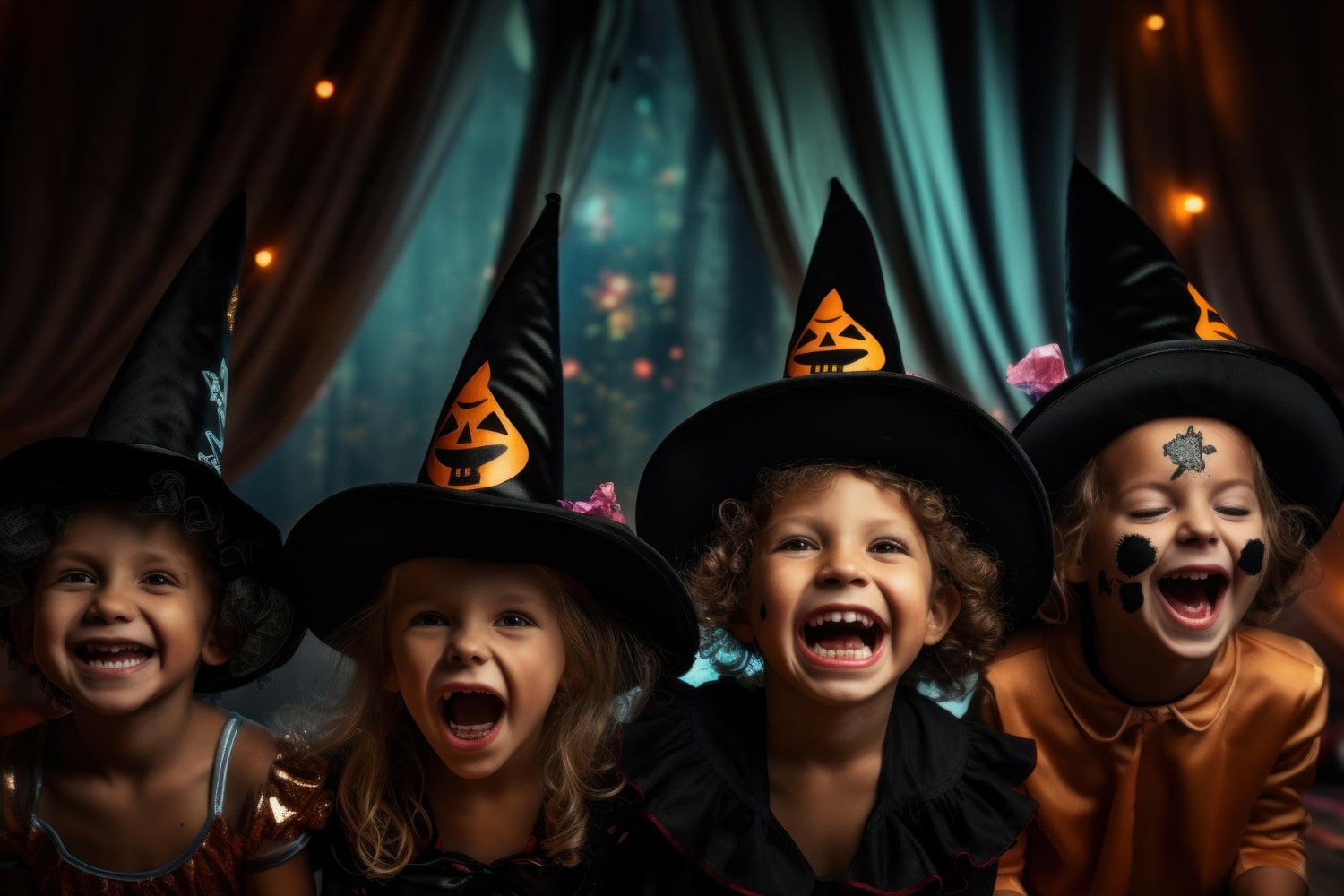
34 interesting facts about Halloween
- 👁️ 1129
Halloween, celebrated on the 31st of October, is a tradition with ancient roots and rich cultural significance. It’s thought to have originated from the ancient Celtic festival of Samhain, a celebration marking the end of the harvest season and the beginning of winter. Over time, the tradition evolved, blending with Christian customs and leading to the modern-day Halloween, known for its spooky themes, costumes, and trick-or-treating. Beyond the costumes and candy, Halloween has a fascinating history and is filled with intriguing customs, symbols, and practices that vary across different cultures.
- The name “Halloween” comes from “All Hallows’ Eve,” the evening before All Saints’ Day, a Christian holy day.
- In ancient Celtic traditions, people wore costumes and masks during Samhain to ward off evil spirits.
- The carving of jack-o’-lanterns originated from an Irish myth about a man named “Stingy Jack” who tricked the Devil.
- Trick-or-treating has its roots in the medieval practice of “souling,” where the poor would go door-to-door offering prayers for the dead in exchange for food.
- Halloween is the second-largest commercial holiday in the United States, following Christmas.
- The owl is a popular symbol of Halloween, as it was believed in medieval Europe that owls were witches in disguise.
- Black cats are associated with Halloween due to the medieval belief that witches could transform into cats.
- Apples are often associated with Halloween, stemming from the Roman celebration of Pomona, the goddess of fruit and trees.
- In some cultures, it’s considered lucky to see a spider on Halloween, as it means a loved one is watching over you.
- The use of orange and black as Halloween colours symbolises harvest and death, respectively.
- The tradition of bobbing for apples is thought to have originated from a Roman love-matching ritual.
- The world’s fastest pumpkin carving was completed in 16.47 seconds, a record set in 2013.
- Halloween has various names around the world, including “Día de las Brujas” in Spanish and “La Veille d’Halloween” in French.
- The fear of Halloween is known as Samhainophobia.
- Ireland is considered the birthplace of modern Halloween, and the holiday is still widely celebrated there.
- In Mexico, the Day of the Dead (Día de los Muertos) coincides with Halloween, a multi-day celebration honouring deceased loved ones.
- Candy corn, a popular Halloween candy, was originally called “chicken feed” and has been in production since the 1880s.
- Some animal shelters restrict the adoption of black cats around Halloween to prevent potential mistreatment.
- In Scotland and Ireland, Halloween was traditionally celebrated by hosting fortune-telling games and rituals.
- Washington Irving’s short story “The Legend of Sleepy Hollow” is one of the most famous American literary works associated with Halloween.
- Full moons on Halloween are rare; the last one before 2020 occurred in 1944.
- Halloween wasn’t widely celebrated in the United States until Irish and Scottish immigrants brought their traditions in the 19th century.
- Dressing in costumes was popularised in the United States by early 20th-century Halloween parties hosted by social clubs and community centres.
- The famous magician Harry Houdini died on Halloween night in 1926.
- In medieval Europe, church bells were rung on Halloween to comfort the souls in purgatory.
- Salem, Massachusetts, known for the 1692 witch trials, hosts one of the most famous Halloween celebrations in the United States.
- The “Monster Mash” song became a hit after its release in 1962 and is now a Halloween classic.
- In some areas of England, Halloween was traditionally referred to as “Mischief Night,” a night for pranks and tricks.
- The iconic Michael Myers mask from the “Halloween” film series was a William Shatner mask painted white.
- Halloween is considered the third-largest party day in the United States, following New Year’s Eve and Super Bowl Sunday.
- During the Halloween season, Disneyland and other amusement parks host special Halloween-themed events and attractions.
- Some towns in the United States and Canada have curfews and age restrictions for trick-or-treating.
- Harry Potter author J.K. Rowling has cited Halloween as one of her favourite holidays.
- In Hong Kong, Halloween is known as “Yue Lan” or “Festival of the Hungry Ghosts,” where food and gifts are offered to angry spirits.
Halloween is a holiday steeped in tradition, symbolism, and folklore. Its transformation from an ancient Celtic festival to a modern celebration filled with costumes, candies, and parties is a testament to its enduring appeal and adaptability. The many customs and legends surrounding Halloween add to its mystique and make it a holiday that continues to captivate and intrigue people of all ages. Whether embracing the spooky or the whimsical, Halloween offers a unique opportunity to explore cultural history, imagination, and creativity.
